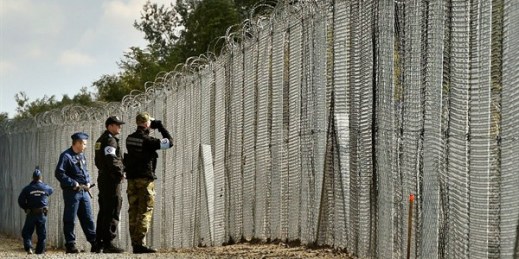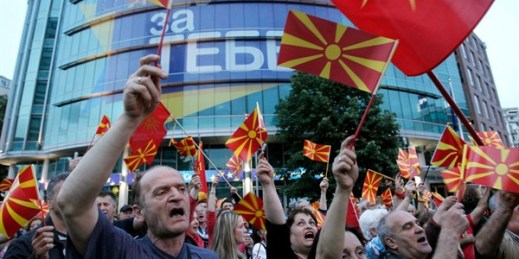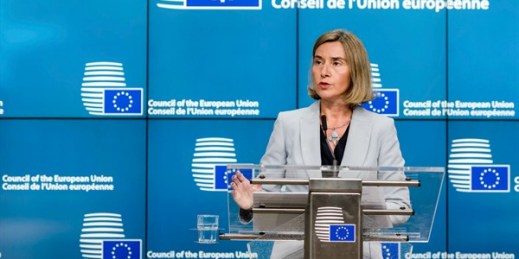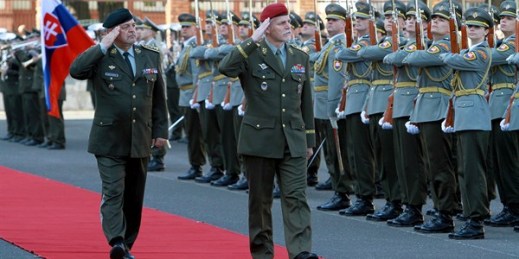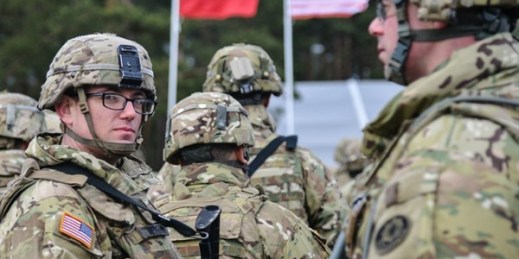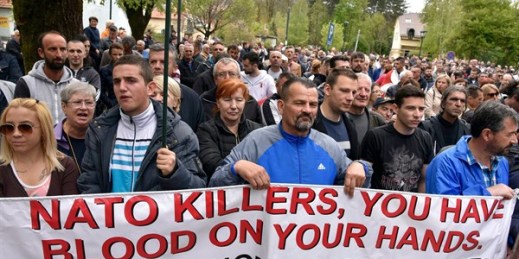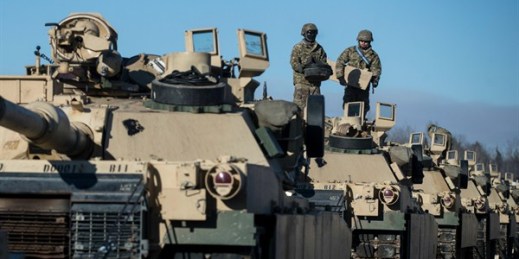
The Baltic states of Estonia, Latvia and Lithuania are no strangers to dealing with authoritarian figures. Bordering Russia, they have invested heavily in building up their defenses against sophisticated techniques from Moscow that seek to undermine their social cohesion and security. But how do you manage relations with your closest ally across the Atlantic when its president is detached from democratic norms? During their first face-to-face encounter with U.S. President Donald Trump in Brussels today, Baltic politicians have to reconcile a hard-nosed assessment of their national interest—the fact that the United States remains the crucial guarantor of the security of […]

